Tips for riding in the wind
The wind is undoubtedly the worst enemy of the cyclist, even more so than rain or cold, not only because it often hinders progress, forcing extra effort, but also because of the ease, especially with the proliferation of aerodynamic bikes and wheels, with which it can destabilize us and cause a fall.
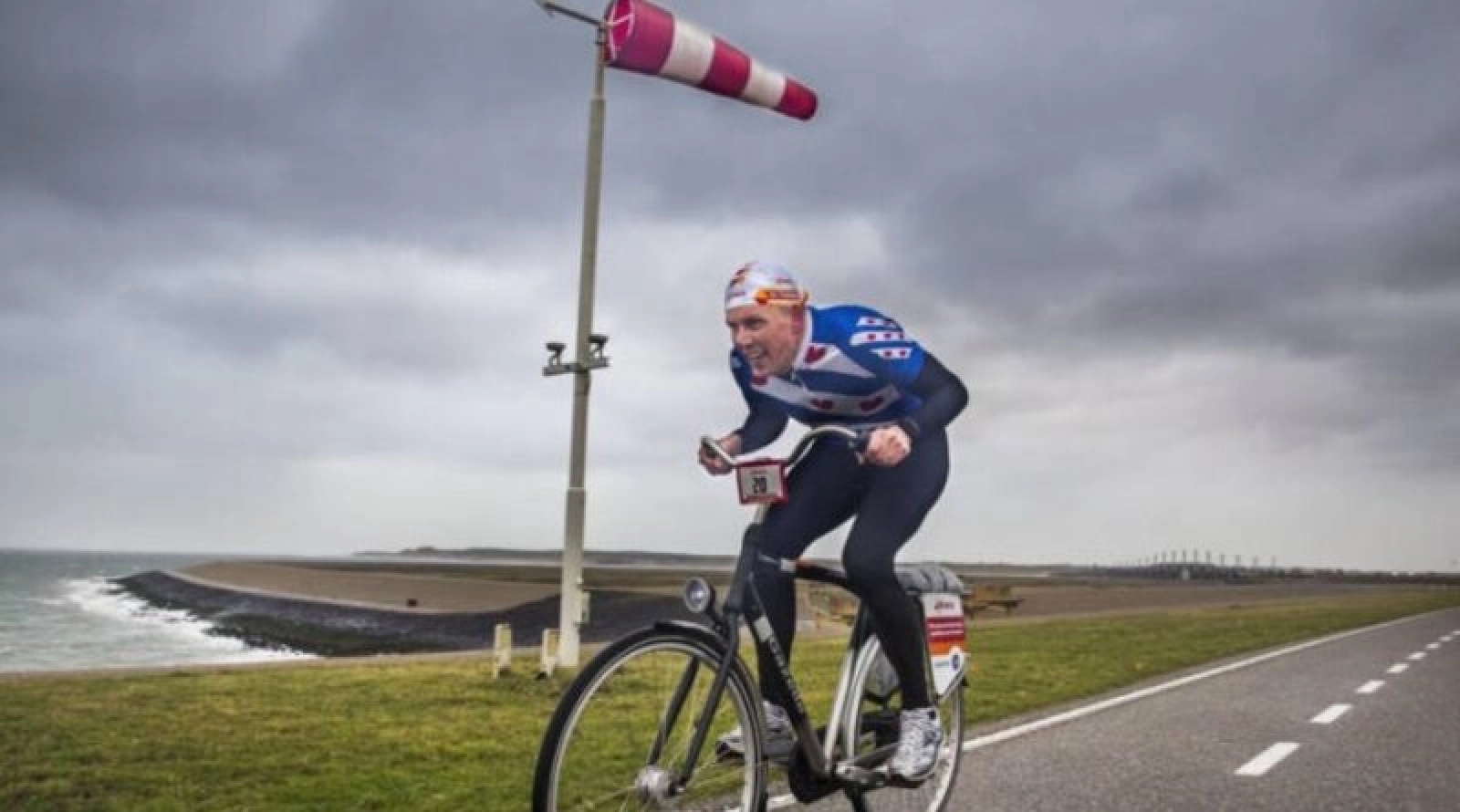
Everything you need to know to ride in windy conditions
Depending on where you live, the wind can be a common and unwanted companion on your bike rides. A weather element that totally conditions pedaling and that can even force us to make such an effort that we may faint. In fact, those who pedal through Castilla or have to live with the dreaded Cierzo in the Ebro Valley know very well that the level of effort required to pedal against the wind is similar to climbing a mountain pass, with the difference that we rarely find mountain passes of 20 or 30 kilometers and instead face stretches of headwind of these lengths.
Those who live in these territories where wide unprotected areas are the usual tonic of their routes, fortunately already know some things they can do to deal with those days when the wind intensity is such that it practically makes pedaling impossible.
RECOMENDADO

25 cycling gifts ideas to get it right

When do helmets have to be changed? Do they have an expiration date?
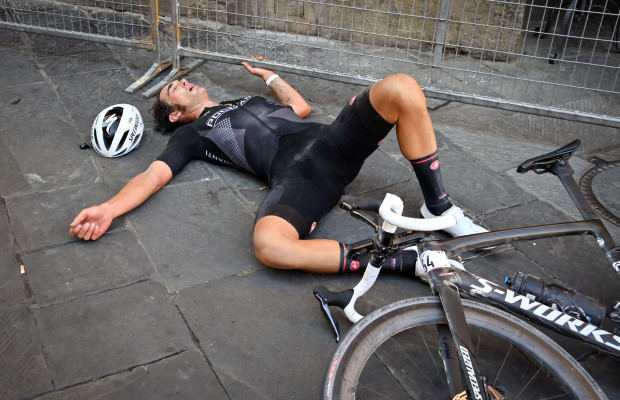
How many days should a cyclist rest per week?
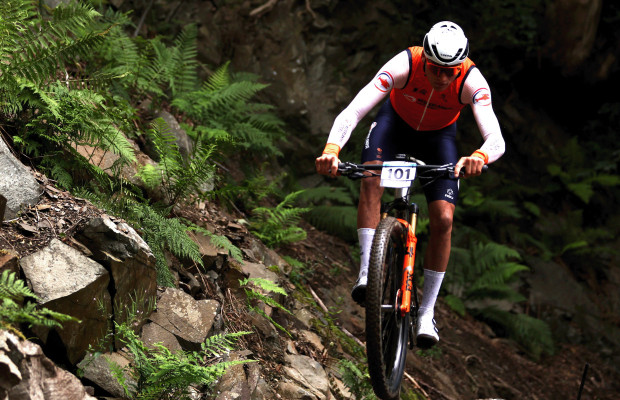
Some reasons to stay away from the road in winter
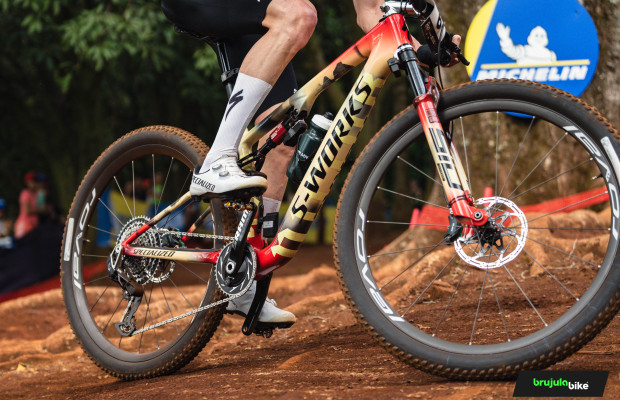
S-Works: what does it really mean and where does Specialized's most exclusive label come from?
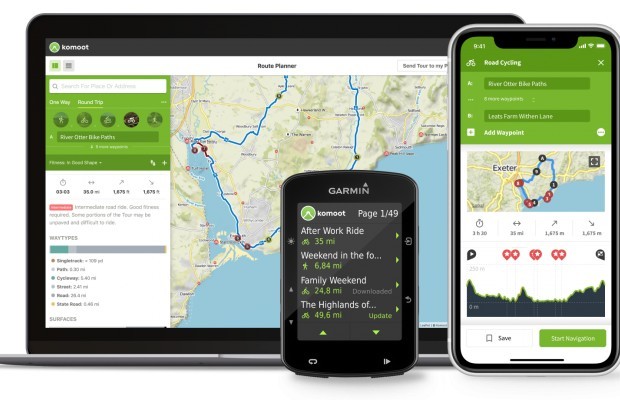
The best apps for cycling and mountain biking

The first thing to consider when going out for a ride on a windy day is the choice of route. Nowadays, different weather websites offer tremendous precision in forecasts, including those related to wind direction and intensity. Regarding its strength, usually expressed in its speed, we must take into account that, from 10 km/h onwards, it is an intensity that will be noticeable in pedaling, and if it reaches 20 km/h, we will have to endure its effects harshly.
As for the wind direction, it is a data that we should take into account when choosing the route to take, preferably starting in the same direction to have the wind mostly against us at the beginning of the route, when our strength is intact, and in favor at the end. It is also useful to suffer less from the effects of the wind to choose more protected areas, for example, those that pass through terrain with a lot of vegetation.
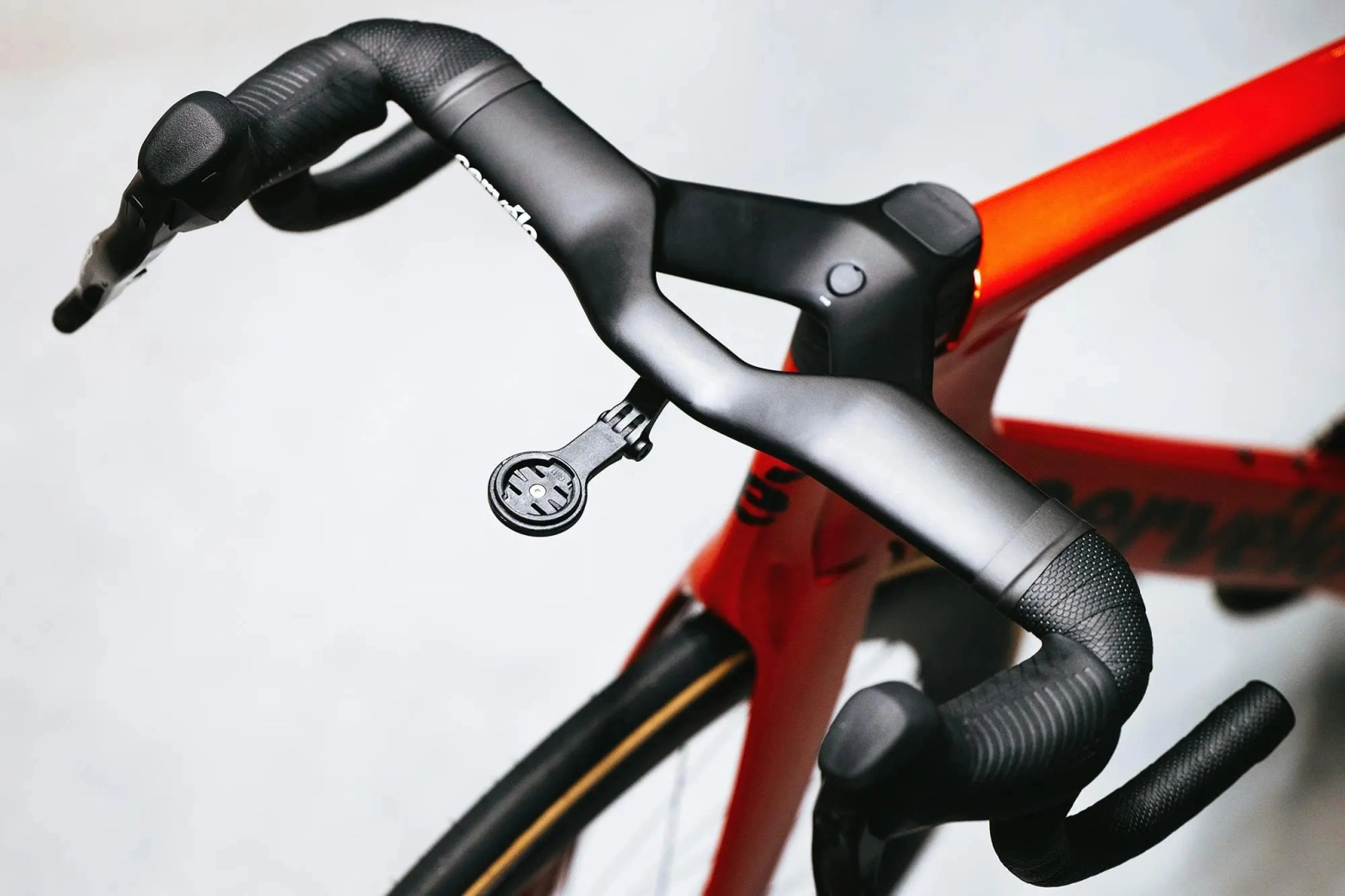
When interpreting these wind direction predictions, it is important to consider that they are obtained through mathematical models based on the general circulation of air in the atmosphere, so they do not take into account the peculiarities of each area, especially the orography that can change the wind direction, for example, channeling it along a valley or the thermal winds that are generated in coastal areas as the day progresses or between mountain and plain when the wind that warms up in the plain tends to rise towards the mountains.
Aerodynamics play a fundamental role in windy conditions, for better or for worse. Often brands express the gains of a bike or wheels by indicating the watts of power they allow to save at 40 km/h, a relative speed, that is, we have to add or subtract the wind speed to our pedaling speed to realize that it is a fairly easy figure to reach, especially if the wind hits us head-on.

This means that aerodynamics will be our ally when fighting against the wind, making it possible, despite the extra effort required by pedaling in those conditions, to save power compared to not taking this factor into account. When we talk about aerodynamics, we do so as a whole, starting with the cyclist, the element of the system that generates the most resistance. Pedaling in the most aerodynamic position possible, using tight clothing that does not flutter in the wind, preferring an aerodynamic helmet to a conventional one, will be gains that will add up to facilitate our progress when the wind opposes our pedaling. If we can also add an aero bike and profiled wheels, they will be additional elements that we will add to scrape those precious watts.
However, regarding the bike and wheels, we must consider another aspect, which is that larger aerodynamic profiles become unstable at certain wind angles. Fortunately, manufacturers and engineers have increasingly more knowledge in aerodynamics, and both wheels and bikes are becoming more stable in a wider range of winds, however, it remains a more difficult material to handle and not all cyclists have the technical skill to pedal in crosswinds with high-profile wheels.
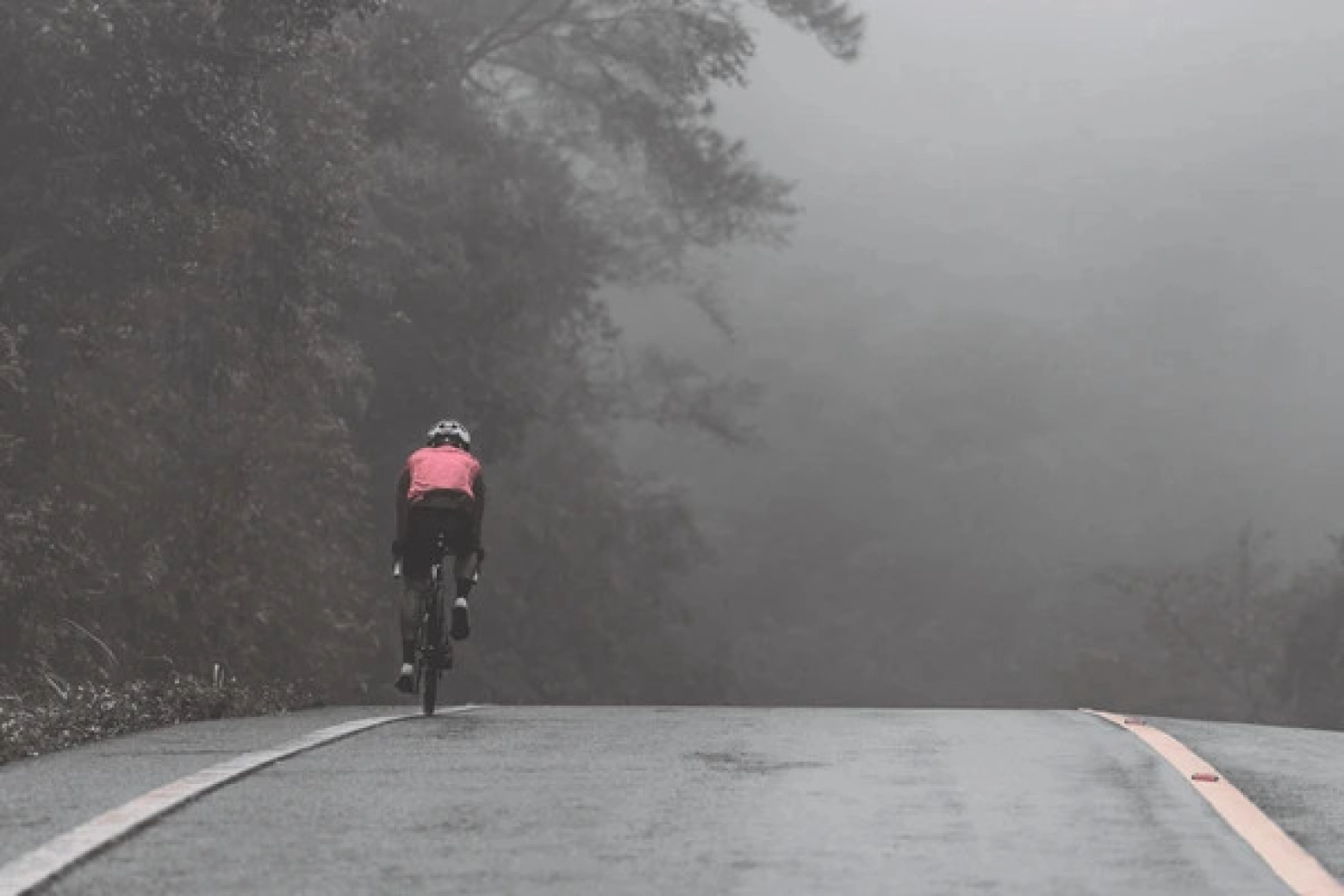
And let's not forget the main aerodynamic factor, the strength of the group. Riding together, the more cyclists the better, will allow us to distribute the efforts of advancing against the wind among more units and have a place to protect ourselves when our strength falters. Here an important point must be made. When the wind blows sideways, we all like to be protected, but we must take into account that we are riding on open roads with traffic rules that we must follow.
Although in races on television the echelons are extremely aesthetic, we cannot ride this way, occupying a full lane no matter how much the wind blows. Unfortunately, it is not uncommon to see groups of cyclists doing this, giving a very bad image of the cycling community. If there is a crosswind, it may be permissible for a cyclist to lean slightly compared to the one in front, but going all the way to take the full lane is a different story, and even though it is annoying and leaves us exposed to the wind, we must maintain the line.
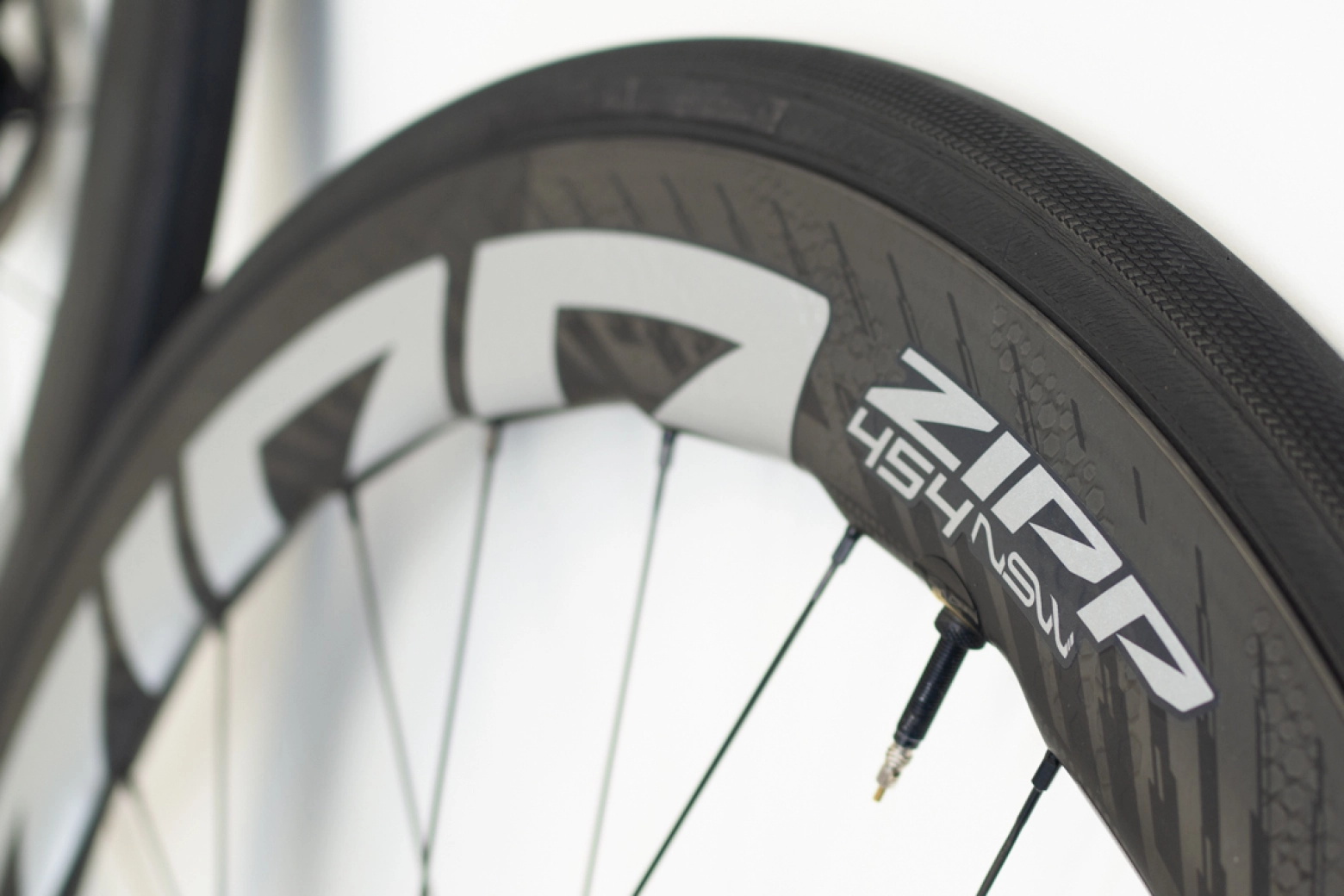
Whether we pedal alone or in a group, often the wind gives us an unreal perception of the effort we are making. It is not a bad idea on these days to pay special attention to the power meter to keep ourselves, even though we feel like we are barely moving forward, within the power margins that we know we can sustain to avoid exhaustion as the journey progresses.
As a final piece of advice for these windy days, mention the need to take special care on descents, in valleys, bridges, or especially exposed areas where a gust of wind can surprise us and destabilize us. We will also pay equal attention to changes in direction since it is especially critical, especially if we use high-profile wheels, when the wind shifts from one side to the other. The key to avoiding surprises is to avoid gripping the handlebars with tension so that our arms can naturally absorb the movements generated by the wind, just as we would absorb a bump.
Each year, on the windiest day of the year, the Dutch Headwind Cycling Championships take place on the Oosterscheldekering Storm Surge Barrier.
— Dutch Cycling Embassy (@Cycling_Embassy) January 17, 2020
Over 200 competitors ride the 8.5 km course against 100+ km/hr winds on upright single-speed bikes. Watch more: https://t.co/h2sVb6819T pic.twitter.com/OIU0iVTiUd
By the way, did you know that in the Netherlands, the Dutch Headwind Cycling Championships take place every year? A race on an 8.5-kilometer circuit where the usual Dutch city bikes are used against conditions that can exceed 100 km/h of wind intensity, in fact, for the race to take place, the wind must have a minimum speed between 50 and 60 km/h.